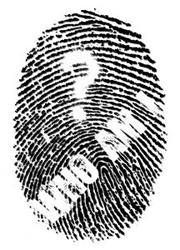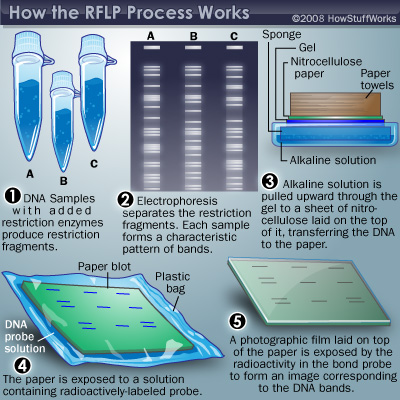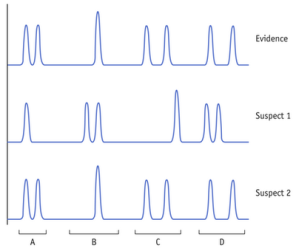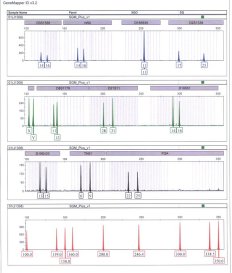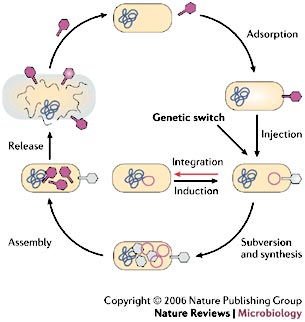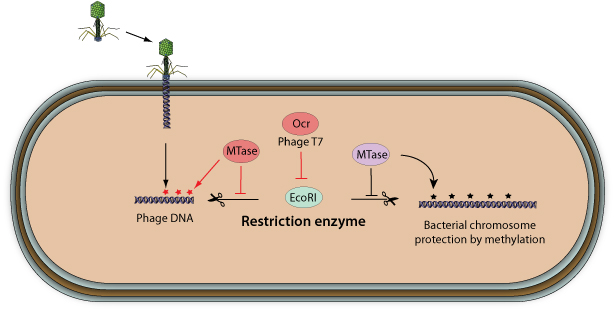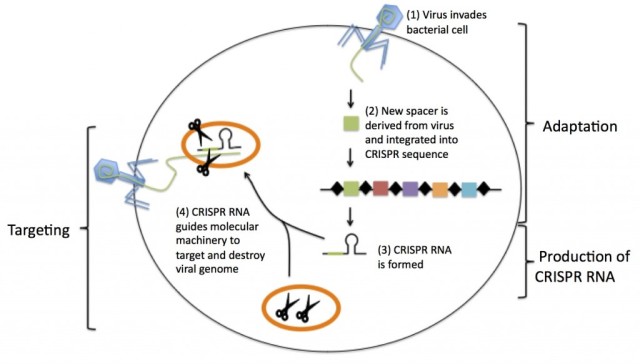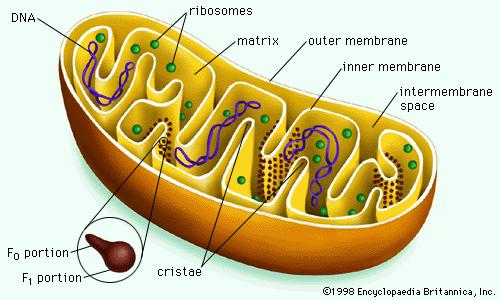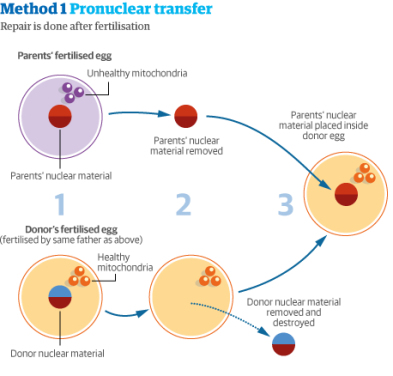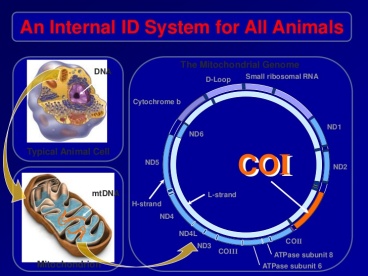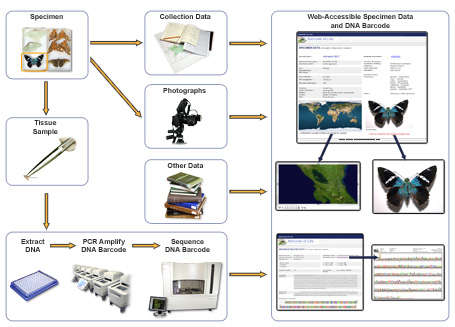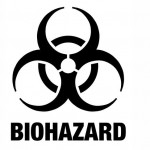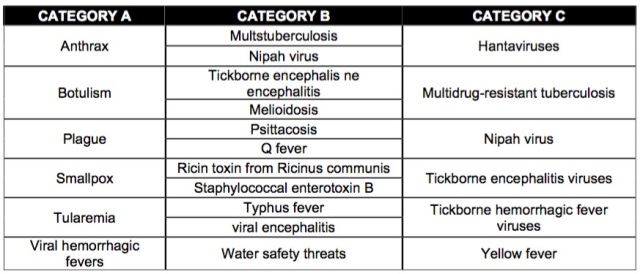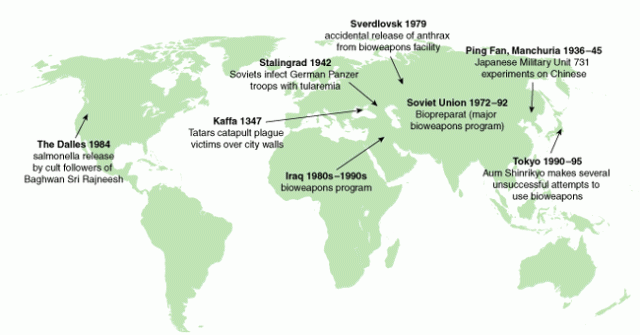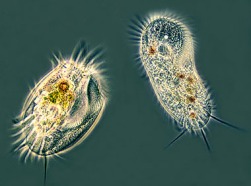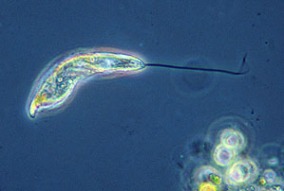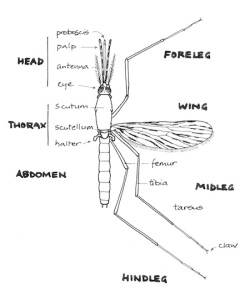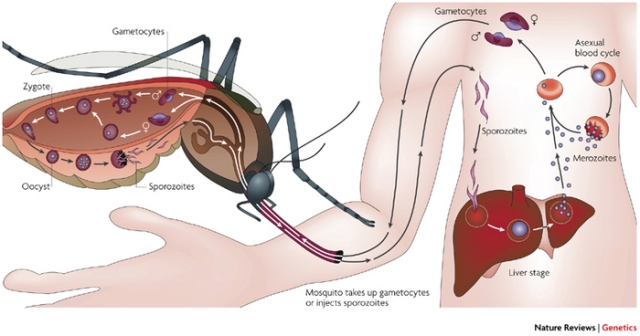Canterbury, 1999. A woman was brutally murdered and apparently no evidences were left at the crime scene that could help the police to solve the case. However, as TV shows and black novels have taught us, a small sample of tissue, a drop of blood, saliva or hair may be sufficient to exonerate the innocent, identify suspects and convict the guilty. The golden clue to catch her killer, as a forensic scientist discovered, is under the nails of the woman. There is a tiny trace of murderer’s skin under her fingernails when in a desperate final attempt to preserve her life she scratched her assailant. It wasn’t a perfect crime and the murderer had left behind an important clue after all, their DNA.
DNA is a molecule that contains the hereditary material that makes a person unique and unrepeatable. DNA is a polynucleotide molecule composed of two antiparallel strands twisted into a double helix structure, which is held together by hydrogen bonds between the paired bases. Nucleotides are known as the building blocks of DNA. There are four basic nucleotides in a DNA chain linked by covalent bonds: adenine (A), guanine
(G), cytosine (C) and thymine (T). It is the sequence of nucleotides on a DNA strand what determines individual hereditary characteristics. Knowing that the human genome is 3.000 million base pairs in length and the genetic differences between individuals are only 0.1%, the identification of a person analyzing their DNA sounds like looking for a needle in a hayrack. Even though 99.9% of the DNA is identical across all humans, the small percentage of DNA that differs is enough to identify individuals, except for monozygotic twins who have identical DNA profiles. In 1984, Alec Jeffreys developed the genetic fingerprinting, a method used to identify individuals using DNA samples. Although the first DNA test was carried out to solve an immigration case, it soon became clear the potential of DNA profiling as a powerful tool to fight against crime.
The technique of genetic fingerprinting is based on the study of highly variable DNA regions (or polymorphic) that are unique to almost every individual. The first procedure used for DNA fingerprinting is known as Restriction Fragment Length Polymorphism (RFLP ). In this method, restriction enzymes are used to cut DNA at a specific nucleotide sequence producing numerous DNA fragments of different length. The resultant DNA fragments are loaded onto a gel and separated according to their size using an analytical technique called electrophoresis. An electric field is applied across the gel and the fragments migrate toward the positive electrode, the larger molecules will move more slowly than smaller molecules that will travel farther through the gel. Then, the gel is processed further using a blotting technique. The double-stranded DNA is denatured into single strands and transferred to a nylon membrane. The membrane is incubated with labeled DNA probes. DNA probes are designed single-stranded DNA fragments complementary to the fragment of interest. Therefore they will detect its complementary sequence, excluding all the other fragments. The segment attached to the probe can be visualised by exposure to X-ray film where they form a pattern of dark marks that can be analysed.
The main inconvenience of analyzing DNA using the RFLP method is that it requires large amounts of high-quality DNA, which are hardly found in a crime scene. More recent approaches of this technique involve the use of the Polymerase Chain Reaction (PCR) that allows the amplification of smaller DNA fragments within hours. Nowadays, the use of Short Tandem Repeats (STR) rather than Variable Number Tandem Repeat (VNTR are used in the original procedure) is widespread as they can be used to analyse degrade DNA samples.
If the DNA profile from a suspect matches the DNA evidence found in a crime scene, it is highly probable that the suspect is linked to the crime scene (although it may happen, it is unlikely that two DNA profiles match by chance)
DNA profiling has also many other applications such as:
- Parental testing
- Wildlife management
- Medical diagnosis
- Ancient DNA
- Immigration disputes
In 1995, UK was the first country in the world to set up a DNA database (NDNAD), which hold DNA profiles used to identify suspects of crimes. It not only contains DNA profiles from offenders, but also from individuals who have been arrested but not convicted. Although it has been recognized as an important tool in criminal investigation, it also has raised numerous concerns. DNA contains private information about ethnicity, health or genetic relationships. Therefore, if this information is misused privacy will be compromised


